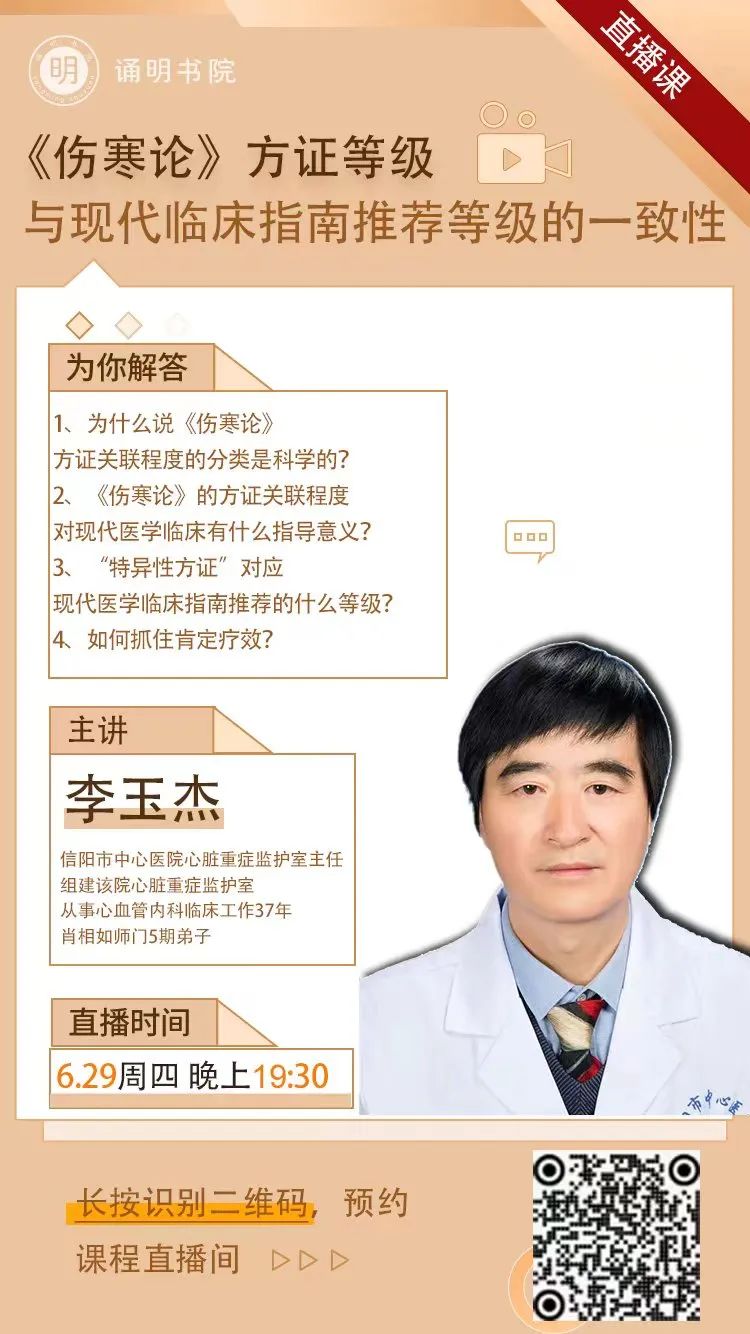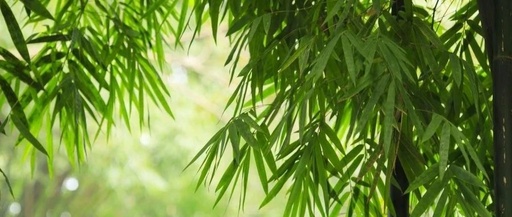Abstract:Chen De Lin is a fourth-term disciple of Master Xiao Xiangru. In treating exogenous diseases, see how he transitioned from confusion to enjoyment.
Sharing Insights on the Reconstruction of the Diagnosis and Treatment System for Early Exogenous Diseases
Fourth-term Disciple – Chen De Lin
Respected Master Xiao, fellow senior brothers and sisters: Good evening! I am very pleased to have this opportunity to share my learning insights with everyone in this family of our school. This semester, we are studying the reconstruction of the diagnosis and treatment system for early exogenous diseases. This course is timely, as we are currently experiencing a period of easing pandemic restrictions, allowing us to apply what we learn. Moreover, during this special time, we are not only doctors but also patients. We not only treat others but also ourselves. This can be seen as the closest opportunity we have had with our patients, even to the point of being at zero distance, as we ourselves are patients. It is this close experience that deepens our understanding of this course, which is reflected in the enthusiastic discussions among senior brothers and sisters in our group. Speaking of exogenous diseases, a well-known saying is, “With a degree of aversion to cold, there is a degree of exterior syndrome.” I remember when I first learned TCM, hearing this phrase made me very happy, as I felt I could diagnose minor illnesses; exterior syndrome, aversion to cold, and exterior-releasing methods. However, as I gradually learned more, I discovered that the internal complexities of exterior syndrome are much deeper than we initially thought. For example, exterior syndrome may be accompanied by internal heat. Of course, as a novice in clinical practice, I had no idea what exterior syndrome with internal heat meant; I was completely confused. Later, through the teachings of my mentors, I was able to clear the fog and understand that in the treatment of exogenous diseases, exterior syndrome with internal heat is quite common, and it is essential to firmly adhere to the principles of treating exterior and interior in order of urgency; otherwise, misdiagnosis is inevitable. For instance, in cases of aversion to cold, fever, no sweating, body aches, and a floating tight pulse accompanied by irritability, it indicates that both exterior and interior are affected, with exterior syndrome being primary and internal heat not severe. The treatment principle is to treat both exterior and interior, focusing on releasing the exterior while also clearing internal heat, using Da Qing Long Tang (Major Green Dragon Decoction). If the condition is delayed and internal heat worsens, the focus should shift to clearing heat, using Ma Xing Shi Gan Tang (Ephedra, Apricot Kernel, Gypsum, and Licorice Decoction). Clinically, some patients with purulent infections may experience aversion to cold or even chills; in essence, this is still exterior syndrome with internal heat, but the internal heat has become severe and urgent, and at this time, the principle of treating internal first and then exterior should be followed, clearing internal heat first. If one is constrained by aversion to cold and does not dare to clear heat, the condition will further deteriorate. I once encountered a patient in clinical practice whose only symptom was aversion to cold. It seemed simple: aversion to cold, release the exterior. The treatment was effective. However, shortly after recovery, the patient returned. At that time, I carefully inquired about the medical history and found that he had previously seen other doctors who also treated him by releasing the exterior. But why did the problem keep recurring? I recalled a phrase from the Jin Gui Yao Lue: “For all floating rapid pulses, there should be fever, but instead, there is aversion to cold; if there is pain, it indicates the presence of a carbuncle.” This phrase inspired me to consider that aversion to cold might also indicate internal heat. I informed the patient that there might be inflammation inside, but he insisted it was impossible, claiming he only had prostatitis and nothing else. Haha. Given that the patient had a slippery pulse, I prescribed Xian Fang Huo Ming Yin (Immortal Formula for Reviving Life). Seven doses cured him. The patient was quite interesting. During the follow-up, he told me that he later experienced pain in his upper arm joint, went for an MRI, and was diagnosed with arthritis, which was caused by his excessive weightlifting to strengthen his exercise routine, despite being an eighty-year-old man. Later, I was fortunate to study Master Xiao’s course and learned about the mechanism of carbuncles causing aversion to cold. A floating rapid pulse indicates that the disease is in the exterior, “there should be fever,” indicating exterior symptoms, which could be treated with Ma Huang Tang (Ephedra Decoction), Gui Zhi Tang (Cinnamon Twig Decoction), or Ge Gen Tang (Kudzu Decoction). Now, when there is “aversion to cold” without fever, and the patient has pain, it indicates the presence of a carbuncle, where “carbuncle” means there is pus inside. As long as a floating rapid pulse is felt, it indicates the disease is in the exterior.When there is pus in the skin surface, the body’s Yang will come out to resist it, and at this time, the patient will feel cold. A floating pulse indicates the disease is in the exterior, and a rapid pulse indicates heat, which is a phenomenon where exterior heat is trying to manifest.If there is no visible pus on the skin surface but the patient has pain, that pain indicates where the pus is located, and in the future, that pain will definitely develop into a carbuncle, with the pus eventually surfacing, “when it should manifest as a carbuncle,” using Yang He Tang (Yang Harmony Decoction). Traditional Chinese Medicine is not just a profession; it is a culture. The journey of learning medicine intertwines with every word, action, and emotion. Studying medicine brings me joy, but also sadness. It gives me satisfaction but also embarrassment. What brings me the most joy is seeing patients who have lost faith in Chinese medicine regain hope. What saddens me is when some patients do not improve after treatment. What fills me with satisfaction is witnessing patients improve and yearn for the sunshine during treatment. And the most embarrassing moments are when patients are full of hope, but I feel powerless. All these feelings encourage and spur me on, as I continue to forge ahead on the path of medicine, deeply feeling the fortune of being in this field. Senior brother Chen Fa Lin shared his understanding of inheritance in the group. In oracle bone script, 承 (Cheng) looks like a person kneeling, with two hands below, indicating hands supporting a person. We all know the saying, “If not a good minister, then a good doctor.” In ancient times, the highest officials assisting the emperor were called chancellors. The character 丞 (Cheng) means to support, and from the current character form, the two are very similar. Therefore, Medicine, Minister, and Support are closely related.How fortunate we are to be in this field, to inherit this knowledge. We are also fortunate to be in a time of great change, as our country thrives and welcomes great unity.With the right timing, location, and harmony among people, we are fortunate in this life. We must ride our dreams as horses, sweat as springs, remain true to our original intentions, and not waste our youth. Thank you all for taking the time to listen to my thoughts tonight, and I hope my sharing can inspire further discussion. Once again, I thank Master Xiao and all the senior brothers and sisters in our school. Thank you all!
Scan to book a live class!
Live broadcast starts at 19:30 sharp tonight
▼

Note: Please follow medical advice for specific treatments and medications!
This article is excerpted from: Master Xiao’s Grand Lecture Hall, Author: Chen De Lin. Cover image sourced from Shetu Network.


Recommended for you, click to read the original text:
Chai Hu Jia Long Gu Mu Li Tang Case Study | Sharing from the Grand Lecture Hall
Sharing from the Grand Lecture Hall | How to “effectively” treat common pediatric diseases?
How does a science and engineering PhD interpret the Shang Han Lun? Come see his insights

